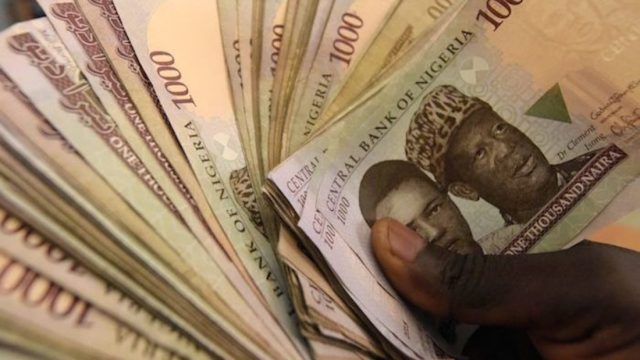
Naira volatility has resurged in October 2025, with the currency trading at ₦1,582/$ on the official window and ₦1,625/$ in the parallel market, as falling oil output and seasonal dollar demand strain Nigeria’s foreign exchange buffers.
After a period of relative calm in early 2025, the naira is under renewed pressure. Data from the Central Bank of Nigeria (CBN) confirms the official Investors and Exporters (I&E) window closed at ₦1,582 per USD on October 11, 2025—down 16.5% from its June peak of ₦1,358. Meanwhile, the Lagos street rate hit ₦1,625/$, according to the Bureau de Change Association.
This reversal stems from three interlocking shocks:
1. Oil Production Falls Below 1.6 Million BPD
Nigeria’s crude output averaged just 1.52 million barrels per day in September—the lowest since Q1 2024—due to renewed pipeline vandalism in the Niger Delta and unplanned outages at Shell’s Forcados facility (NNPC, October 2025). With oil contributing 85% of FX earnings, the shortfall has slashed dollar inflows.
2. FX Reserves Erode Rapidly
Gross international reserves stood at $38.9 billion as of October 10—down $6.8 billion in four months. At this pace, import coverage could fall below 7 months by year-end, triggering further CBN intervention.
3. Q4 Import Surge Strains Liquidity
Local manufacturers and retailers are rushing to import goods ahead of the festive season, spiking corporate FX demand. FMDQ data shows dollar requests on the I&E window rose 22% month-on-month in September, overwhelming supply.
Yet not all is bleak. Fintech platforms licensed under the CBN’s 2025 FX Framework—such as Grey, Kuda, and Mono—now offer SMEs rates between ₦1,590–₦1,605/$, reducing reliance on bureaus. Additionally, diaspora remittances held steady at $2.9 billion in Q3, though most conversions now occur closer to parallel rates due to official window rationing.
The CBN has responded by mopping up naira liquidity (₦2.1 trillion via OMO bills in September) and prioritizing FX for critical imports. But without a sustained rise in oil production or non-oil exports, naira volatility will likely persist into 2026.
The naira’s 2025 rebound was fragile. Structural dependence on oil—and weak export diversification—keeps Nigeria vulnerable to external shocks.
Follow us on Instagram.
https://www.instagram.com/businessnewsng?igsh=ZXpweTdjOGF1ZXdu




















